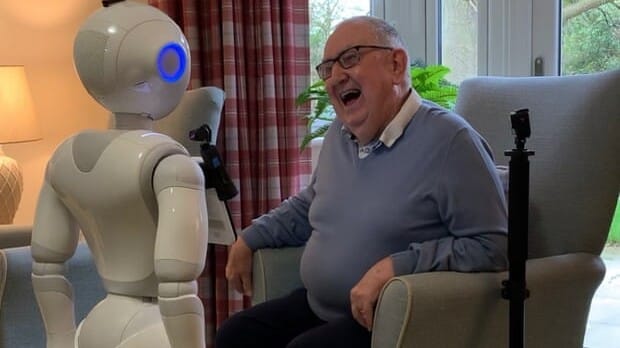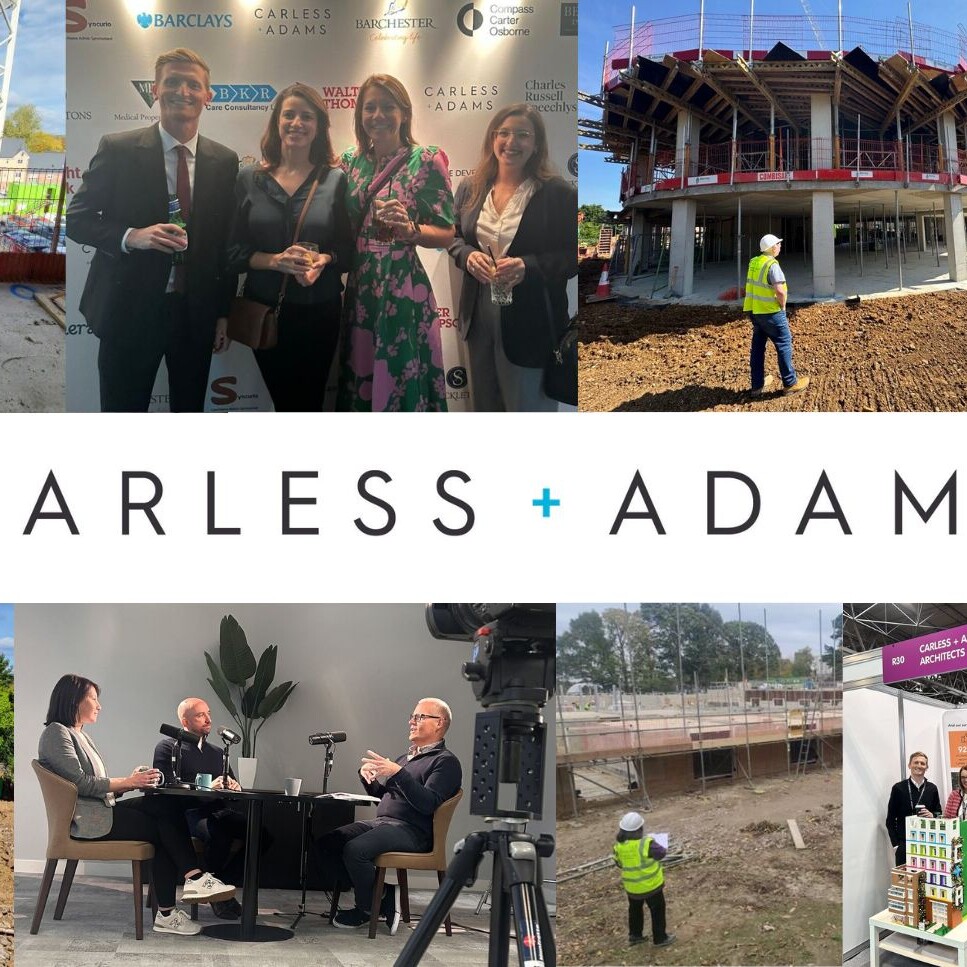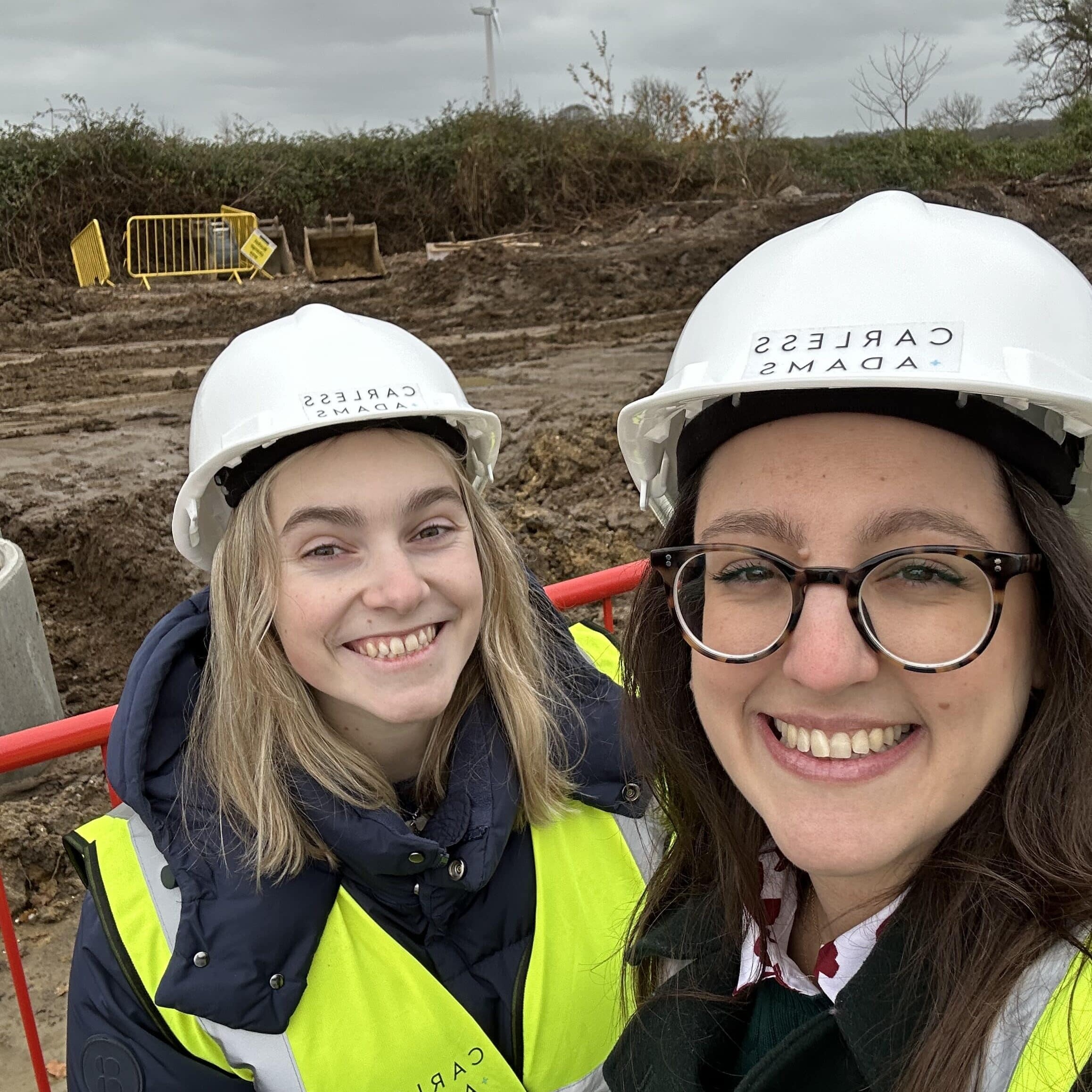Imagining the care homes of the future in light of the pandemic…
Our design teams dream of their future care home bedrooms whilst working at home during the current pandemic.
Whilst working from home, our design team continues to hold regular meetings to discuss the progress of projects and share ideas. A regular subject of lively discussion was the appropriateness of the current, standard sized care home bedroom and how it could and should be for future generations of elderly residents if they were required to self-isolate in one during any future pandemics. This was rather poignant as we had stared at the same four walls in our makeshift home offices for many months wondering when we could finally return to normality.
We decided to hypothesise and some of the younger members of the team time travelled to imagine themselves living in a care home. Individually they focussed on their own future requirements specifically from their care home bedroom. The findings were very interesting and illustrated that the future care home sector will reflect the advancements in technology and embrace it to assist with wellbeing and alleviation of isolation.
Here’s a snapshot of what the future care homes may look like according to the stars of tomorrow:
Craig Vales had the idea of a buddy system where he would have a chance to maintain a social experience in a separate ‘bubble’ with another resident in the care home. This would allow them to feel less isolated and go through such a potentially lonely experience together. Each pair of rooms could have a shared breakout space or outdoor patio area between the rooms to give the residents a space allowing them to socialise safely.
Craig also highlighted the importance of AI technology such as Amazon Alexa or Google Home which have increased in popularity over the past years and will be much more advanced by the time he is elderly. Craig intends for his elder self to use it for entertainment and streaming purposes. These devices would alleviate isolation and benefit him substantially. Hopefully by his retirement, the technology will have developed further and they will respond after the first time of calling Alexa! Craig also intends to have a bedroom where technology takes an active role in day to day functions should he not be physically capable of them. These would include using user recognised voice to control lights, turn on taps or flush the toilet.
Liam Whitfield also highlighted the importance of technology and digital connections to the outside world, especially being able to speak with family and friends on a regular basis through video and telephone calls. Liam envisaged having smart wallpaper or screens covering large expanses of the walls to allow the atmosphere in the rooms to be constantly changed to provide variation to his day. A beach scene video could be played one day, a bustling city street another or personal photos uploaded depending on mood or memories he wished to revisit. The immersive and interactive experience would help mental wellbeing and alleviate loneliness.
Liam’s room would also have its own digital avatar that can appear on the screen and remind him of important events, medication times and to provide entertainment. The avatar would be personally designed by Liam and would be based on a family or friends features to help bring familiarity and comfort. Wearable technology would feature highly on Liam’s requirements in his care home bedroom. He would wear a smart watch that could monitor his blood pressure/heart rate/sugar levels/lack of movement. The rooms would also utilise acoustics to monitor similar levels. The smart watch would allow workers to connect and visually access resident’s rooms to remind them to have a drink/get up. Liam hopes that all care homes in the future will have WIFI throughout with at least speeds of 10G!

Chris James also had a similar idea where a physical robot could actually be located within his future care home bedroom to provide companionship, reduce loneliness and to generally help out with daily tasks. This has been trialled in the UK and Japan with a robot named “Pepper” developed by the University of Bedfordshire. Currently the robot can hold simple conversations and has already proven to improve mental health through added stimulation. Hopefully by the time Chris retires the robots dialogue will have expanded and they can have lengthy chats about Chris’ past hobby of running! The idea of robots assisting care staff is certainly interesting, however, they could never replace the outstanding role provided by the care staff we have in the industry. Although, if the robots can help with easily delegated workload, they could provide benefit to the workers too.

From a different perspective, looking at how the interiors could be designed, Sana Tabassum envisaged her room to encompass the retro, futuristic look similar to sci-fi movies such as Star Trek. This interior style would be inspired by the 1950s and 60s with their modern, space age furniture and aesthetic which demands interest. Sana highlighted the importance of tranquillity and luxury to calm the mind, as well as the importance of using repurposed and sustainable materials in the design of her room. Care homes in Sana’s future would be sustainably powered with a combination of ground heat, wind and solar energy. Recognising concepts, such as Retro-futurism (that look at the future from the past) could be a way of helping elderly residents to connect with their past again and be an aid to help remember great moments in their lives.

This exercise allowed us to question what it would be like to live in the standard size care home bedrooms that are currently the norm. We concluded that individual space would be improved massively simply by marginally increasing the sizes of bedrooms for residents. This process has already begun in new build care homes where space is designed for maximum benefit and impact.
Providing separate personal living space, away from the sleeping area, enabling a separate area in which to sit and relax, can make a substantial difference to a resident’s wellbeing, especially if they are self-isolating alone. New builds in the future could include movable partitions to hide the bed during the daytime if not needed, completely transforming the room to welcome visitors into.
Prioritising access to natural light and space is also another important feature of future care home bedrooms. Access to this gives benefits both physically and mentally and alleviates loneliness, whilst allowing the chance for self isolating to not be stuck simply in one room. Again new build care homes will have the opportunity to encompass this in their design as space will permit.
Requirements and needs of individuals change as the generations grow. Care homes need to be designed to encompass these to ensure that individuals see care as a choice. Starting with increased bedroom sizes we feel that this will become standard practice in the years to come by recognising the impact from the Covid 19 pandemic and should be embraced. We feel passionate about the design of supported living and care homes and feel energised that we are now able to propose designs illustrating the ideal solution in terms of bedrooms.



